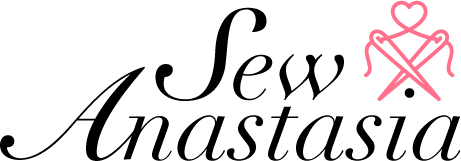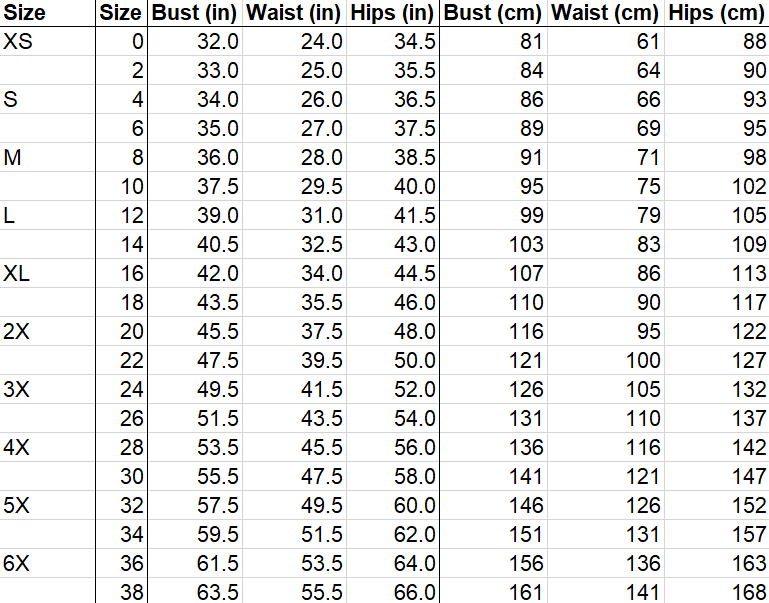The History of Sewing Part 5: Refining the Sewing Machine (167 years ago - Today)
In 1850, American inventor Allen B. Wilson began coming up with ideas for new sewing machine parts that had not been present in previous machines, including a double-pointed, reciprocating shuttle, a rotary hook to replace the shuttle, and a four-motion feed. Each of these inventions became very important in the machine’s design and significantly altered the designs of future machines.

Wilson’s reciprocating shuttle (http://www.gutenberg.org/files/32677/32677-h/images/i060.png)

Wilson’s rotary hook (http://www.gutenberg.org/files/32677/32677-h/images/i065.png)
Wilson’s four-motion feed (http://www.gutenberg.org/files/32677/32677-h/images/i068.png)
As the years went on, the sewing machine became more and more refined, with inventors constantly tweaking things about it to make it easier to use, more efficient, and better at its job. One of the most important inventors doing this work was Helen Blanchard, who held 22 patents for sewing machine-related inventions. She created her most famous invention in 1873: the zigzag machine. It sewed a zigzag stitch to seal the raw edges of the seam. The finished edges not only looked neater but also made the garment sturdier. Blanchard was a prolific inventor and great businesswoman, establishing the Blanchard Over-Seam Company of Philadelphia in 1881. She became a source of support for other women who were less fortunate and was known to be very generous.
One of the largest sewing machine companies in the world is Husqvarna Viking. It was established in 1689 by the Swedish Crown to produce muskets for the army. It didn’t become a private company until 1757 when the Crown sold it and the name was changed to Husqvarna Rifle Factory. After more than one hundred years, the company was receiving fewer orders for rifles and the Crown no longer ordered products from them. To stay afloat, they decided to start producing sewing machines after seeing the success that factories were having in other parts of the world.
The foundry opened in 1874 and soon after, the company was flourishing, especially once they expanded their business into other household items, from stoves to bicycles. After so much experience forging steel and bending hot metal, they quickly became pros at making sewing machines. Their first machine for sale, called a Northern Star, was gorgeous, but too delicate and not very good at sewing, so they came out with a new model soon after. Today, people scour Sweden and the dark corners of antique stores to find a Northern Star, but so few still exist that they are extremely rare. Husqvarna only made around 500 and recalled many, offering an exchange for the newer model.
 (https://i.pinimg.com/564x/cd/2a/87/cd2a87dde439f1d1b1330420e1e1943f.jpg)
(https://i.pinimg.com/564x/cd/2a/87/cd2a87dde439f1d1b1330420e1e1943f.jpg)
This next model was a sum of the best expired patents, copying what was around in the 1870s, but it was a big improvement from the Northern Star. Soon after, they bought the rights to manufacture a sewing machine originally by American company Weed Sewing Machine Co. and it sold very well until the design grew outdated around 1895.
Husqvarna machines began spreading throughout Europe, mainly into Britain, starting around 1886. As they designed more models, many of their designs and others available on the market were based on Singer’s models, but Husqvarna was especially well-known for their high-quality products.
 (http://www.thesewingparty.net/theme/assets/freja-1.png)
(http://www.thesewingparty.net/theme/assets/freja-1.png)
In 1895, they produced Sweden’s first typewriter, and more than 20 years later, they were creating their own engines. Though they were well-known in the area and in some parts of Europe, they weren’t known worldwide until the 1950s. The last Husqvarna rifle was created in 1967, almost 300 years after they first started manufacturing them. Today, Husqvarna sells grounds care equipment (such as lawnmowers, chainsaws, and leaf blowers), construction equipment (like demolition tools, floor polishers, and power cutters), as well as high-tech sewing machines. Most of them have interactive touch-screens and built-in assistance, and one even has something called the JoyOS Advisor™ feature, which allows you to choose between levels of sewing detail and will pick the best stitch, stitch width and length, thread tension, and presser foot pressure for the level you’ve chosen. I would imagine that seamstresses and tailors decades and centuries ago would have been very jealous of the idea.

(http://www.sewalot.com/images/triumf-sewing_machine_wanda-horn_sewalot.jpg)

Make sure to check out the last part!
Written by Miranda Marnik-Said
A list of the websites referenced will be posted at the end of Part 6.













































































































